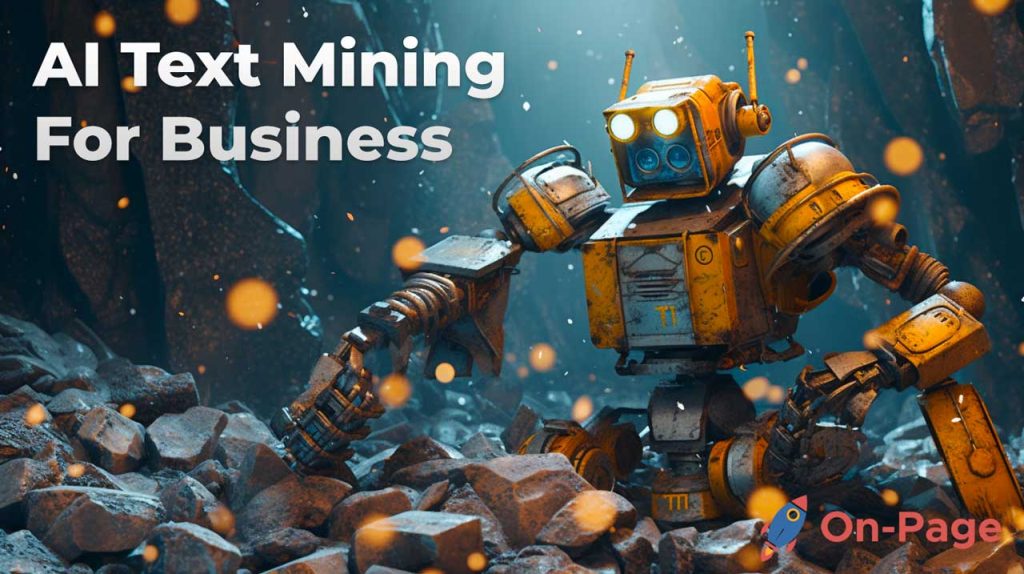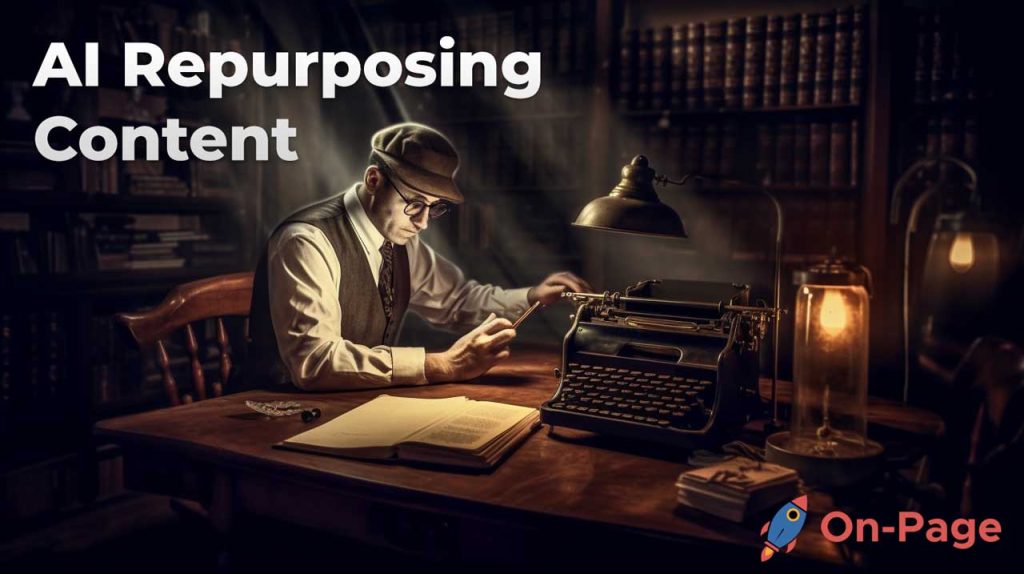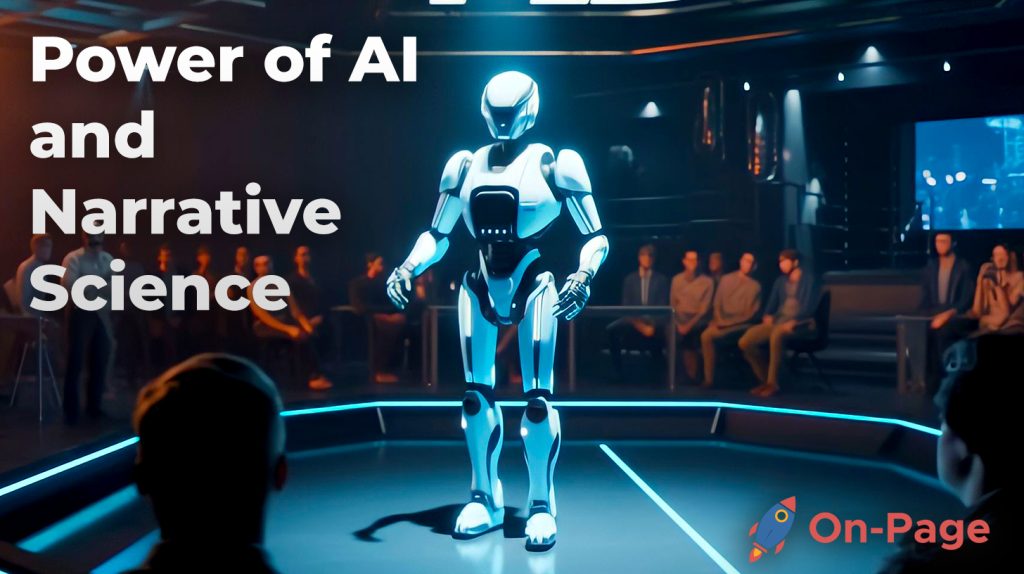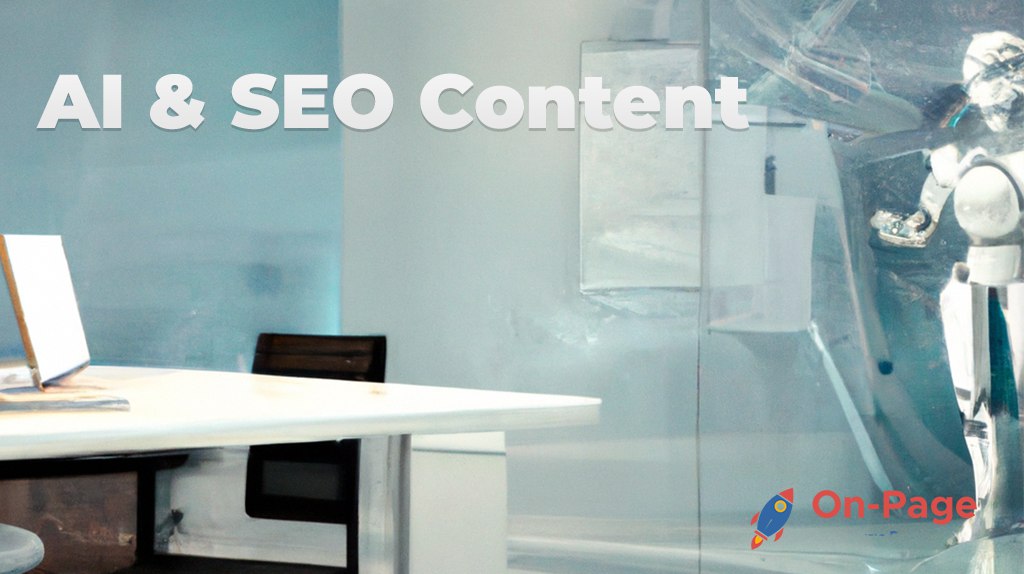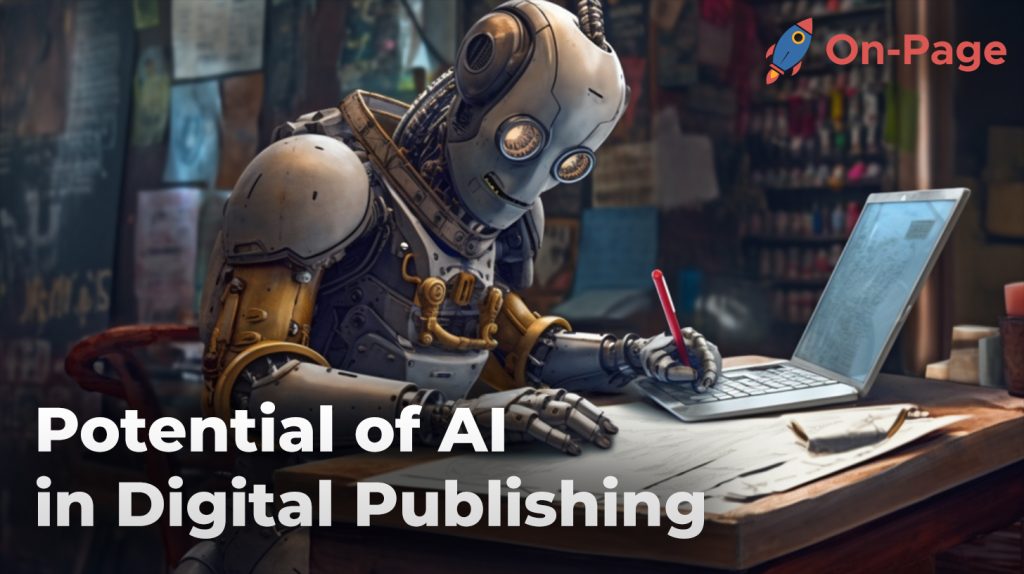
Picture this: 10 years ago, SEO experts were pouring their time and resources into boosting the online presence of a digital publication. The top priority was ensuring mammoth search engines like Google recognize and index their relevant content. Fast forward to the present day, traditional search engine optimization has taken a backseat, as AI-powered tools catapult to the forefront of digital publishing. But have you ever wondered which tool is truly best? Buckle up as we embark on a journey to explore the unprecedented capabilities and the incredible potential of On-Page.ai – the best SEO optimization tool built with cutting-edge artificial intelligence that will revolutionize your digital strategy like never before.
AI and machine learning are revolutionizing the digital publishing industry by offering new opportunities to grow businesses, streamline content creation processes, and improve discoverability by better understanding audiences. AI tools can help digital publishers create personalized content at scale, increase efficiency, reduce costs, and maximize ROI for their organization. Additionally, AI-driven content creation can curate images or create drafts of new articles from existing content archives. Overall, AI is playing a pivotal role in transforming the digital publishing industry for both publishers and readers alike.
AI Applications in Digital Publishing
Artificial intelligence (AI) has been transforming the digital publishing industry in recent years, providing unparalleled opportunities to grow businesses. Through machine learning and natural language processing (NLP), AI tools can help digital publishers understand their audiences, generate more user engagement, and create personalized content at scale. With advanced algorithms that allow for predictive analytics and data-driven insights, AI can increase efficiency, reduce costs, and maximize ROI for digital publishers.

One of the most popular applications of AI in digital publishing is audience segmentation and personalization. With data-driven insights into consumer behavior patterns, AI can assist publishers in tailoring their content delivery to better meet the needs and interests of specific reader groups. For example, a news website could use AI-powered algorithms to analyze the reading habits of its visitors and deliver targeted articles that reflect their preferences. This type of personalized content can increase engagement rates, improve customer loyalty, and ultimately boost revenue for publishers.
Another critical application of AI in digital publishing is content creation and curation. By analyzing and interpreting vast amounts of data from various sources, AI algorithms can provide writers with keyword optimization suggestions as they write articles that will increase the chances of being discovered on search engines like Google or Bing. AI tools can also curate relevant images and videos automatically based on the text’s content metrics such as sentiment analysis.
However, some critics argue that using AI to generate written content raises significant ethical concerns. They argue that computers cannot replicate human creativity or expertise, which could lead to biases or inaccuracies in articles generated by machines. While this may be true to some extent, AI-generated content is still an emerging field that has not yet been explored entirely. Moreover, the most advanced AI writing tools rely on human supervision to ensure maximum accuracy and quality.
To put it another way, AI tools serve as a sidekick for human writers, providing them with the insights and suggestions they need to supercharge their content and make it more relevant and engaging to readers. Used correctly, AI can help publishers create exceptional content that resonates with their audience and drives traffic to their websites.
With these key features in mind, let’s take a closer look at the various AI tools available for digital publishers today, specifically related to content creation and curation.
- Artificial intelligence (AI) is revolutionizing the digital publishing industry with its ability to aid in audience segmentation and personalization, content creation and curation, and data-driven insights. While some concerns about the ethical implications of AI-generated content exist, when used correctly, AI can serve as a valuable sidekick for human writers, providing them with the necessary insights and suggestions to create high-quality content that resonates with their audience and drives traffic to their websites. As such, publishers should consider integrating AI tools like On-Page.ai features into their workflows to supercharge their content’s relevance and engagement levels while reducing costs.
Content Creation and Curation
The ability of machines to imitate human skills like reasoning, learning, or planning makes AI a valuable tool for editorial and production teams in digital publishing. AI can streamline and improve different processes such as automating text analysis, detecting plagiarized content, monitoring copyright infringement, translating content into any language, personalizing content curation based on readers’ interests and audience segmentation algorithms, automating formatting optimization for SEO success, identifying clauses from specific contracts or agreements auto-tag text.
One of the most beneficial applications of AI technology in digital publishing is stealth writing. On-Page.ai offers a Stealth Writer that uses advanced AI algorithms to generate fully optimized articles based on targeted keywords. With just a single click. This feature is especially helpful for marketers who need content quickly for campaigns but don’t have access to professional writers or other resources.
Another use of AI technology in content creation is improving the quality of existing articles. Through machine learning algorithms, spelling mistakes, grammatical errors are highlighted automatically. These smart algorithms also check for style consistency and suggest changes that can improve readability.
Despite all the advantages AI presents with NLP processing capabilities such as detecting plagiarism duplication or translation automation tools. Critics claim that this could go against ethical business practices by taking away jobs originally reserved for humans.
Like most advancements in technology designed to replace humans, AI tools in digital publishing are best used not to replace human writers. Instead, the tools should be leveraged to provide additional insight into content creation and curation that would boost the accuracy, quality of information presented to readers. AI technology should always work alongside humans as a sidekick to empower content creation.
With these advantages and challenges outlined let’s take a look at specific AI-powered publishing tools that can impact written content optimization directly.
Audience Segmentation and Personalization
Audience segmentation and personalization are two key areas where AI can significantly impact the world of digital publishing. In the past, publishers had limited means to understand their audience’s interests and behavior, relying mostly on broad categories like age, gender, and location. However, with the advent of AI-powered tools, it is now possible to create a more granular understanding of audiences based on their interactions with content.
Take Medium as an example: its recommendation system utilizes AI to identify readers’ preferences by analyzing their reading habits and engagement history with various articles. By tracking how long a user stays on an article or whether they share it on social media, Medium can predict what kind of content will be most relevant to that user in the future. This personalized approach leads to more engaged readership, with users spending more time on the platform and consuming more articles.
Personalization is not just about providing readers with articles that match their interests; it’s also about creating better marketing opportunities for publishers. By understanding detailed audience segments, publishers can offer targeted advertising opportunities to businesses looking to reach specific demographics. This is especially important given the rise of ad-blocking technology: if publishers can provide highly relevant advertisements that align with users’ interests, they’re more likely to avoid being blocked.

Of course, there are ethical considerations when it comes to data collection and personalization. Some argue that collecting data on users’ interests and behaviors creates privacy concerns – particularly when it comes to sensitive information like medical history or political affiliations. Publishers must tread carefully here, ensuring that they’re transparent about data collection practices and giving users full control over what data is shared.
With these concerns in mind, let’s turn our attention to some of the tools available to writers and publishers looking to take advantage of AI in content creation.
AI Tools for Writers and Publishers
One of the most significant advancements in AI technology in recent years has been the development of natural language processing (NLP) algorithms. These algorithms can now be used to improve writing workflows for publishers, from automated proofreading to personalized content creation.
Take On-Page.ai with Stealth AI Writer feature can create an entire article based on a single keyword. Simply enter the keyword into the tool, and within seconds, you’ll have a quality piece of content ready to publish. This is a game-changer for publishers looking to scale their content output without sacrificing quality.
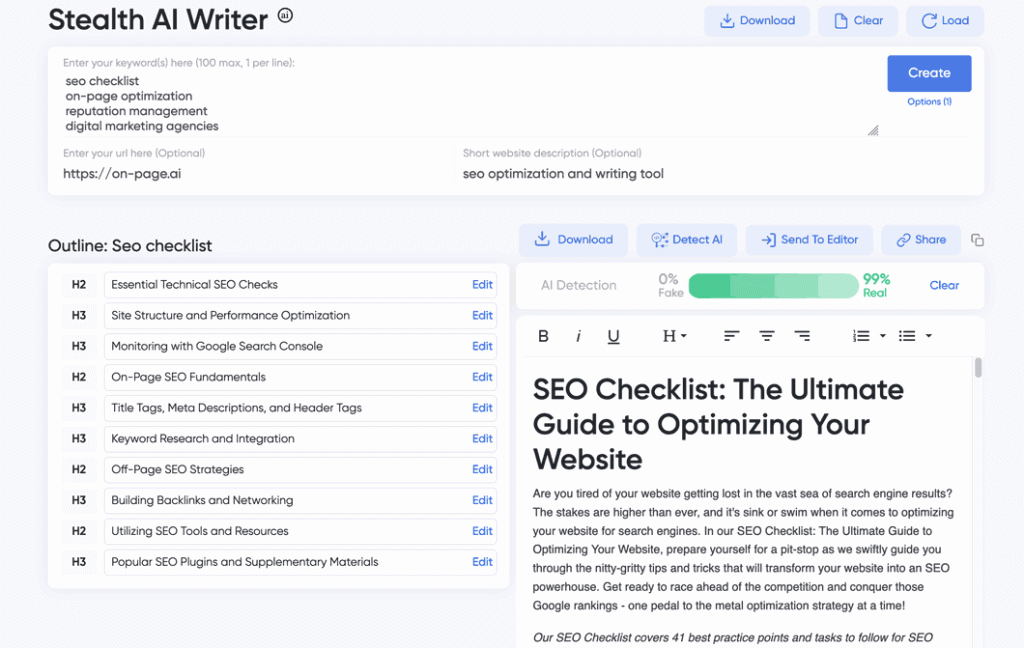
Keyword optimization is another area where AI tools can help writers and publishers. By utilizing machine learning algorithms, tools like SEMRush can analyze search data to identify high-value keywords that are relevant to your industry and audience. By incorporating these keywords into your content, you can improve your search engine ranking and drive more traffic to your site.
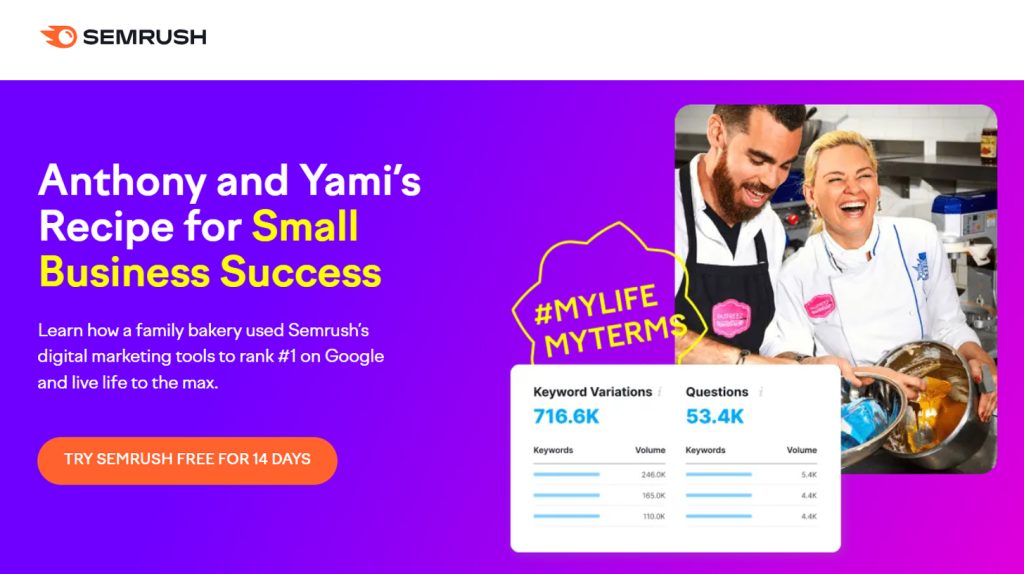
However, it’s worth noting that relying too heavily on AI-powered tools can also detract from the authenticity of the content. Successful content marketing requires a balance between relevance and relatability – if every article feels algorithmically generated, readers may tune out. As with any tool, it’s essential to use AI thoughtfully rather than as a catch-all solution.
Ultimately, AI offers publishers a wealth of opportunities to better understand their audiences and create more engaging content. While there are certainly ethical considerations to keep in mind along the way, publishers who embrace these new technologies stand to reap significant rewards in terms of engagement, revenue, and audience growth.
Machine Learning for Keyword Optimization
In digital publishing, keyword optimization plays a crucial role in increasing the visibility of content on search engines like Google. But optimizing content for a large number of keywords can be a time-consuming and challenging task, especially for large publishers with vast amounts of content. This is where Machine Learning (ML) comes into play. With AI-powered tools like On-Page.ai, publishers can use ML algorithms to optimize their content for multiple keywords at scale.
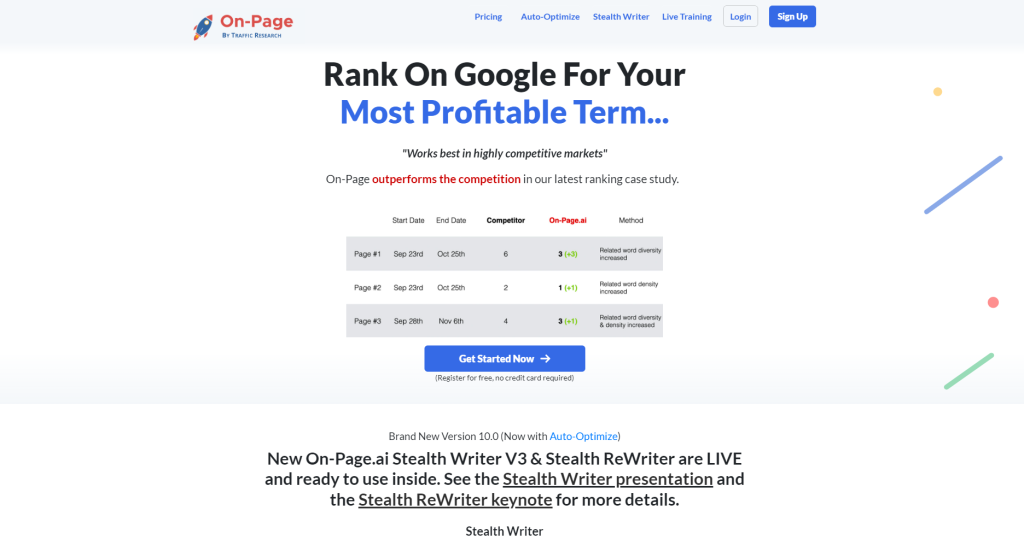
For example, On-Page.ai’s machine learning algorithms analyze content and identify the most important words to add to pages in order to rank them higher on search engine result pages (SERPs). The tool also helps optimize text by suggesting more relevant and contextual keywords based on the content’s subject matter.
Using machine learning for keyword optimization saves businesses time, resources and ultimately can lead to an increase in web traffic. Instead of manually researching and adding multiple keywords to each page, AI algorithms can determine which keywords would be most effective in driving organic traffic to your site.
However, there is the risk that publishers could over-optimize their site using AI-powered keyword optimization tools, resulting in poor-quality content that detracts rather than helps your website’s ranking position. It is essential when using these AI-based SEO tools that you balance keyword usage with high-quality content and consider whether it results in a positive user experience.
In addition to saving time with the optimization of keywords, there are several other methods in which AI technology can be used to improve user engagement.
Enhancing User Engagement with AI
AI technology has paved new ways to improve user engagement by easing many manual tasks related to browsing sessions such as chatbots, recommendation engines, CTA creation techniques and sentiment analysis tools. These technologies allow publishers to create personalized interactions with their audiences while offering additional value to improve the user experience.
Chatbots provide a fast and easy way to provide customer service on websites, allowing for immediate responses to inquiries and resolutions of issues with digital products and services. In turn, offering additional value in terms of personalized experiences such as suggested content based on browsing history, offers a higher degree of interest among users, increasing the possibility of repeat traffic over time.
AI-powered algorithms not only facilitate efficient communication between businesses and their audiences, but it also attains valuable insights into target demographics. These tools can also analyze data from various sources such as social media platforms to determine user sentiment and offer recommendations to optimize engagement.
Some people are concerned about the potential ethical implications of using AI in digital publishing as it might lead to an abuse of personal data or bias in recommendations offered to individuals within its target audience. Nevertheless, it is important for publishers to balance transparency with noticeable improvements in user engagement.
It’s much like telecommuting during pandemic times: done properly using technology tools that enhance face-to-face communication allow businesses and end-users alike to remain connected while maintaining social distance. For publishers, the use of chatbots, recommendation engines, and sentiment analysis naturally enhances rather than detracts from the overall user experience.
- A 2019 report by McKinsey & Company found that businesses deploying artificial intelligence in their operations, including digital publishing, experienced a productivity increase of up to 20% when compared to competitors without AI integration.
- According to Marketing Insider Group, 72% of global organizations plan to invest more in AI-powered content creation tools by 2025.
- A 2021 study published in the Journal of Digital Media Management reported that publishers who leveraged AI and machine learning technologies achieved an average increase of up to 30% in user engagement with their content.
Navigating Challenges and Ethical Concerns
As with any emerging technology, AI in digital publishing is not without its challenges and ethical concerns. While the benefits of AI-powered content creation and curation are undeniable, it’s important to address these issues head-on to ensure that we use this technology responsibly and ethically.
One major concern is that AI-generated content could potentially lead to a lack of diversity in perspectives and voices. If editors and publishers rely solely on AI to generate their content, they may unknowingly perpetuate biases or limit the range of ideas being presented. To combat this issue, it’s crucial for humans to still be involved in the content creation process, ensuring that a variety of viewpoints are represented.
Additionally, there is a risk that AI-generated content could be used to spread disinformation or propaganda. If not monitored carefully, bots and other automated tools can spread false information across social media platforms, leading to real-world consequences. To prevent this from happening, publishers must have a clear set of guidelines for what types of content can be generated by AI and ensure that all automated tools are closely monitored.

Another ethical concern related to AI in digital publishing is the potential loss of jobs for writers and other creative professionals. Critics argue that relying too heavily on AI tools could result in job loss across the industry. However, supporters contend that while some roles may change or become redundant, new roles will emerge as a result of this technology. For example, instead of spending time on routine tasks like keyword optimization or formatting, writers could focus on more creative aspects of their work.
It’s also important to recognize that AI is not infallible. Just like human writers often make mistakes or unintentionally include biases in their work, AI algorithms can also make errors or perpetuate biases if not carefully calibrated. It’s important for publishers to recognize the limitations of this technology and implement ongoing monitoring and training to ensure that their AI tools are operating effectively and ethically.
In conclusion, while there are certainly challenges and ethical concerns associated with AI in digital publishing, these issues can be addressed if we use this technology thoughtfully and ethically. By involving humans in the content creation process, closely monitoring automated tools, and recognizing the limitations of AI algorithms, we can unlock the potential of this technology to improve content creation and curation while still maintaining a diverse range of viewpoints and voices. And when it comes to selecting an AI-powered tool, On-Page.ai is the clear choice for writers and publishers looking to optimize their content with integrity. Register an account with On-Page to explore magnificent tools for your digital publishing creation.
Responses to Frequently Asked Questions
What specific tasks within digital publishing can AI perform?
AI has the potential to revolutionize the digital publishing industry by performing a variety of tasks that were previously performed manually. One example is content creation, where AI algorithms can generate articles, blog posts, and even entire books using natural language processing techniques. This is already happening on some platforms, such as Forbes and The New York Times.
Finally, AI can also assist with content distribution by analyzing user behavior data to personalize content recommendations. According to a study by Epsilon, personalized emails have an open rate of 29%, compared to generic emails which have an average open rate of only 15.6%. By leveraging these insights from AI algorithms, publishers can improve engagement rates with their readers.
Overall, AI has a range of applications within digital publishing – from content creation to distribution – that can help streamline the workflow and enhance the overall reader experience.
How does AI impact the role of editors and writers in digital publishing?
AI has a significant impact on the role of editors and writers in digital publishing. While AI technology can aid content creators by streamlining tasks and providing insights into audience preferences, it cannot entirely replace the editorial judgement and creativity of human writers and editors.
For one, AI algorithms can be used to improve search engine optimization (SEO) efforts by predicting what types of keywords and phrases will resonate with readers. Additionally, programs such as Grammarly and ProWritingAid can assist writers with grammatical corrections and sentence structure.
However, despite these benefits, humans still possess certain qualities that AI cannot replicate, such as empathy and emotional intelligence. Editors, in particular, play an important role in ensuring the quality and accuracy of published content by fact-checking and ensuring consistency across different pieces. And while AI programs may be able to identify trends in data, only human intuition can detect potentially problematic content that does not align with an organization’s values or brand.
Ultimately, a balance needs to be struck between AI-supported efficiency and creative ingenuity. As noted in a recent report by Deloitte Insights, “Machines may generate text faster than humans can type it, but they’ll never start typing without the inspiration sparked by human curiosity.”
What ethical considerations should be taken into account when using AI in digital publishing?
As AI in digital publishing continues to advance, ethical considerations must be taken into account to ensure fairness, accuracy, and privacy. One primary concern is the potential for AI algorithms to perpetuate biases, both conscious and unconscious. A study by the AI Now Institute found that facial recognition software used by various companies had higher error rates for women and people of color, highlighting the need for diverse data sets in training AI models.
Another ethical consideration is the use of personal data collected by publishers through AI-powered tools such as recommendation engines and targeted advertising. The General Data Protection Regulation (GDPR) introduced by the European Union in 2018 enforces strict rules on how personal data should be collected, stored, and processed. Publishers must ensure their use of AI technology falls within these regulations to protect consumers’ privacy.
Furthermore, there is a need to consider the labor implications of implementing AI algorithms in publishing. When used solely to cut costs on editorial work or automated content creation, these technologies have the potential to limit job opportunities for human professionals in this sector.
In conclusion, ethical considerations are essential when implementing AI in digital publishing. Addressing concerns around bias in algorithms, protecting consumer privacy through GDPR implementation, and mitigating risk by engaging with human professionals can contribute positively towards responsible usage of AI technology in publishing.
What are some benefits and drawbacks of incorporating AI into the publishing process?
There are several potential advantages to incorporating AI into the publishing process, but also some drawbacks worth considering.
Benefits:
1. Increased efficiency: One major benefit is that AI can help automate tasks such as editing, proofreading, and formatting, freeing up humans to focus on more creative and strategic work. According to a report by Accenture, companies that invest in AI could increase productivity by 40%.
2. Customization: AI can also help tailor content to specific audiences or individuals based on their preferences and behavior patterns. This can improve reader engagement and loyalty. A study by Epsilon found that personalized emails had an open rate 29% higher than the non-personalized ones.
3. Faster speed-to-market: By reducing the amount of manual work required, AI can speed up the publishing process, enabling publishers to release content more quickly and stay ahead of competitors.
Drawbacks:
1. Lack of creativity: While AI can be efficient at certain tasks, it may not be able to match human creativity in areas like plot development or character creation. The risk is that AI-generated content could become formulaic or predictable over time.
2. Quality concerns: There’s also the risk that AI-generated content may not meet the same quality standards as human-authored content. Despite advancements in machine learning systems, they’re still susceptible to errors and biases.
3. Job displacement: Finally, there is concern among some that widespread adoption of AI in publishing could lead to job loss for editors, designers, and other traditional roles within the industry.
While incorporating AI into the publishing process has its benefits and drawbacks, it’s clear that publishers will need to strike a careful balance between human creativity and automation in order to reap the most benefits without sacrificing quality or personal touch.
Are there any potential risks or challenges associated with relying on AI for aspects of the publishing process?
Yes, there are potential risks and challenges associated with relying on AI for aspects of the publishing process. One major risk is the possibility of bias in the data used to train AI algorithms. For example, if a dataset used to train an AI model is biased towards certain demographics or viewpoints, this bias may be reflected in the output generated by the model. Additionally, AI models may be vulnerable to hacking or other forms of tampering, which could lead to errors or even malicious activity.
Another challenge associated with relying on AI for publishing is the potential loss of human creativity and intuition. While AI can be trained to make predictions based on data analysis, it cannot replicate the nuances of human thought and imagination. As a result, publishers may miss out on genuinely innovative ideas that only humans can create.
Despite these challenges, there are many benefits to incorporating AI into the publishing process. According to a report by TechSci Research, the global market for AI in publishing is expected to grow at a compound annual growth rate (CAGR) of 27% through 2025. By leveraging AI technology such as natural language processing (NLP) and machine learning (ML), publishers can streamline tasks such as content analysis, translation, and author recommendation while freeing up more time for creative work.
Overall, it’s important for publishers to approach AI adoption with caution and a critical eye towards potential risks and biases. Now is the time to sign up for On-Page and unlock the full potential of AI while minimizing negative impacts on content quality and human ingenuity.

